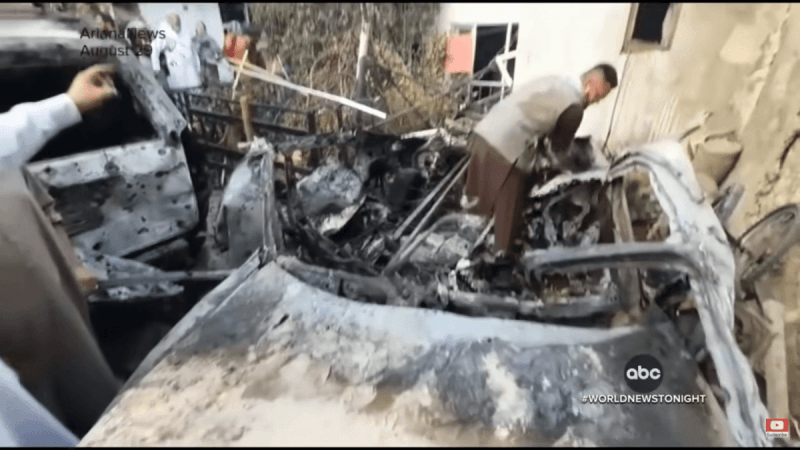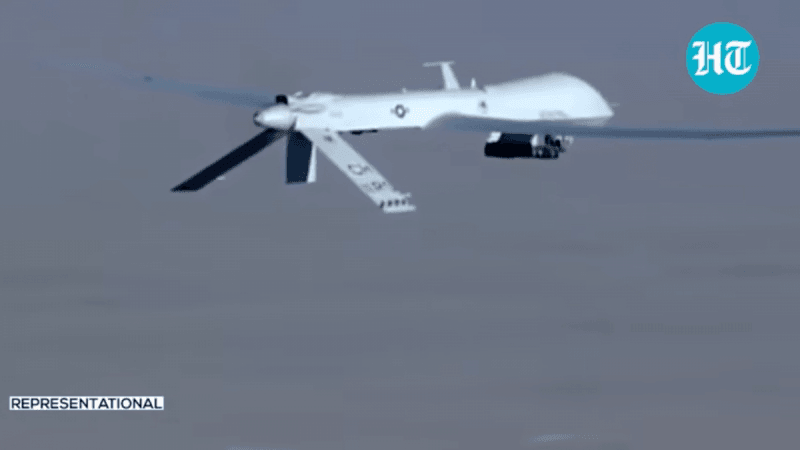The drone operation by the US military on August 29 killed 10 civilians, including seven children. It was the final missile launched by the US in its two-decade-long war in Afghanistan, and the army termed it a "righteous operation".
However, the US admitted now that the deadly strike was "a tragic mistake". Kenneth McKenzie, commander of the US Central Command said during a Pentagon press briefing on Friday said, "As the combatant commander, I am fully responsible for this strike and this tragic outcome."
"We now assess that it is unlikely that the vehicle and those who died were associated with IS-K, or were a direct threat to US forces," McKenzie said.

What exactly happened?
On August 29, the Central Command had announced that it launched a drone strike on a vehicle in Kabul, which it claimed had eliminated an "imminent" threat, posed by the IS-K, an Afghanistan-based offshoot of the Islamic State terror group, to the Hamid Karzai International Airport, where evacuations of American service members and personnel were underway.
Mark Milley, chairman of the US Joint Chiefs of Staff, had called it a "righteous strike" with procedures correctly followed.
Media reports later emerged that the US military might have hit a wrong target in the strike with civilian casualties. Separate investigations by The New York Times and The Washington Post identified the vehicle driver as Zemarai Ahmadi, a 43-year-old electrical engineer working for Nutrition and Education International, a US aid group based in Pasadena, California.
"We now know that there was no connection between Mr. Ahmadi and IS-Khorasan," Secretary of Defense Lloyd Austin said in a statement on Friday. "His activities on that day were completely harmless and not at all related to the imminent threat we believed we faced, and that Ahmadi was just as innocent a victim as were the others tragically killed. We apologize, and we will endeavor to learn from this horrible mistake."

A need to ensure accountability and transparency
The Pentagon chief also noted he had asked for a further review of the investigation just completed by Central Command to determine whether "accountability measures" need to be taken and strike authorities and procedures to be changed in the future.
A day after the drone strike announcement, the Central Command said that it had completed the pullout of US troops from Afghanistan, ending 20 years of American military presence in the country, after botched evacuations that drew fierce criticism from both home and abroad.
The US announced its "War on Terror" and invaded Afghanistan in 2001, soon after Al Qaeda terrorists hijacked passenger planes and carried out suicide attacks, killing almost 3,000 people. Over the years, Washington has expanded warfare into several other countries, relying heavily on drone strikes for targeted killings.
US drone attacks and airstrikes have killed at least 22,000 civilians over the past two decades, according to watchdog Airwars.








